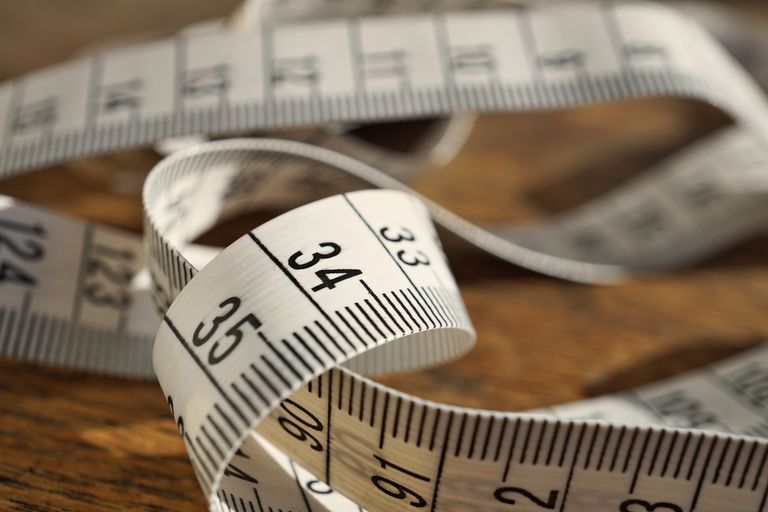The Purpose
Clearly, progress toward any one particular purpose is first and foremost determined by the aim itself. In case your aim is fewer pounds and absolutely nothing but, it would needless to say be pretty straightforward to figure out: pounds lost equals forward progress, pounds gained equals not.
But normally as not, the objective just isn’t only weight lost, but enhanced look at the same time, which signifies inches lost-and right here it becomes a question of which aim is most important to you, fewer pounds or inches.
It might be sixty/forty proposition, or some other ratio, which you and also you alone, can ascertain.
Probably the most Crucial Target
In relation to long-term fat loss more than the course of 1 hundred or a lot more pounds, essentially the most crucial target may not be pounds lost, nor inches. It might nicely be good quality of life regained, or it might be wellness restored. Once again, it genuinely is up to dieter to determine what objective is genuinely crucial, or-if there are actually several-which aim spans the other folks.
Appearance
You will discover cultures where a 3 hundred pound physique isn’t only desirable, but envied and venerated. Inside the white Moor Arab culture of Mauritania, by way of example, female obesity has traditionally been valued as a sign of wealth, and obese girls are considered desirable. So desirable, the truth is, that some girls are sent to fat farms, exactly where, at the parents’ behest, their young daughters are fed to splendid corpulence.
The identical is correct in Somalia, where obesity is just not seen as a overall health threat but rather as a sign of results, wealth, superior well being, and happiness.
Health hazards aside, the U.S. and Western Europe don’t share these cultural ideals. Rather for the contrary, via films and advertisements, the opposite extreme-to the point of anorexia-has grow to be venerated and idolized.
Certainly, the middle ground is most desirable. Handful of would take into consideration a lady desirable if you can count her ribs at a twenty paces. A slim, agile, healthier body is what we covet at heart.
Progress toward this purpose is measured in inches, instead of pounds, lost; with weight getting a great deal the secondary measurement.
Wellness
While look could be on a par with well being for many obese males and women-at least from the view of self image and good quality of life-in most heart of hearts we discover that wellness may be the overarching aim, for without the need of it there’s no life to possess a quality of, or an appearance in.
Improved well being has quite a few manifestations: enhanced stamina, improved power levels, and alertness, less shortness of breath, to name a handful of you are able to observe directly; and lowered blood stress, lowered cholesterol among these that want to be measured medically.
Really should you feel-or medically establish-that your health is enhancing, although loss of pounds and inches may well momentarily have slowed, realize that you are generating progress, in the most significant area of all.
Waist to Hip Ratio (Apple or Pear)
Some study indicates that a pear-shaped body-where a lot of the weight has gathered around the hips-faces a larger wellness risk than apple-shaped bodies-with weight gathered around the waist.
To establish this, measure the circumference of your hips at the widest part of your buttocks. Then measure your waist in the smaller circumference of your natural waist, typically just above the belly button. To calculate the ratio, divide your waist measurement by your hip measurement.
For females, a ratio below 0.80 is considered low danger, between 0.81 and 0.85, moderate threat, and above 0.85 high threat. For guys, 0.95 or under is viewed as low risk, in between 0.96 and 1.00, moderate risk, and above 1.0, higher danger.
As with BIM discussed beneath, this ratio is to be viewed as supplementary measurement, not gospel, and should really be read in conjunction with other indicators of progress.
Physique Mass Index (BMI)
Also named the Quetelet Index, BMI was invented within the early nineteenth century by Adolphe Quetelet-a brilliant Belgian-as he created his “social physics.” Body mass index is defined because the individual’s body weight divided by the square of his or her height.
The formulae universally made use of in medicine generate a unit of measure of kg/cm2, and is derived at by dividing your weight in kilograms using the square of the height in centimeters.
The net abounds with BMI calculators, pick a single you like.
BMI is used to identify exactly where on a scale of desirable or healthful ratios a person falls, where reduced than 16.5 is considered severely underweight; 16.five – 18.5 is considered, underweight; 18.5 – 25.0 is regarded as standard; 25 – 30 is regarded overweight; 30 – 35 is viewed as obese class I (in between 210 to 250 pounds); 35 – 40 is viewed as obese class II (amongst 250 and 290 pounds); and over 40 is viewed as obese class III (over 290 pounds).
The greatest value of BMI is that is commonly agreed upon, and so might be used as a fairly dependable yardstick of exactly where you’d need to be; also, that it requires into account your height (even though not your bone structure or other physical capabilities, which might have bearing in your optimum weight).
As you burn a lot more calories than you consume, you may use BMI as a trusted yardstick, but never treat it as gospel. Use it in conjunction with other measurements of progress.














